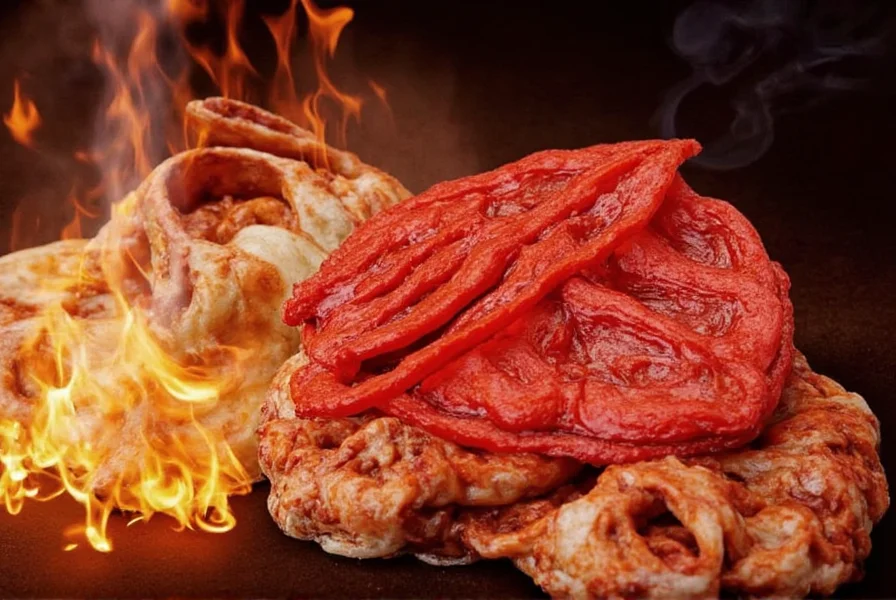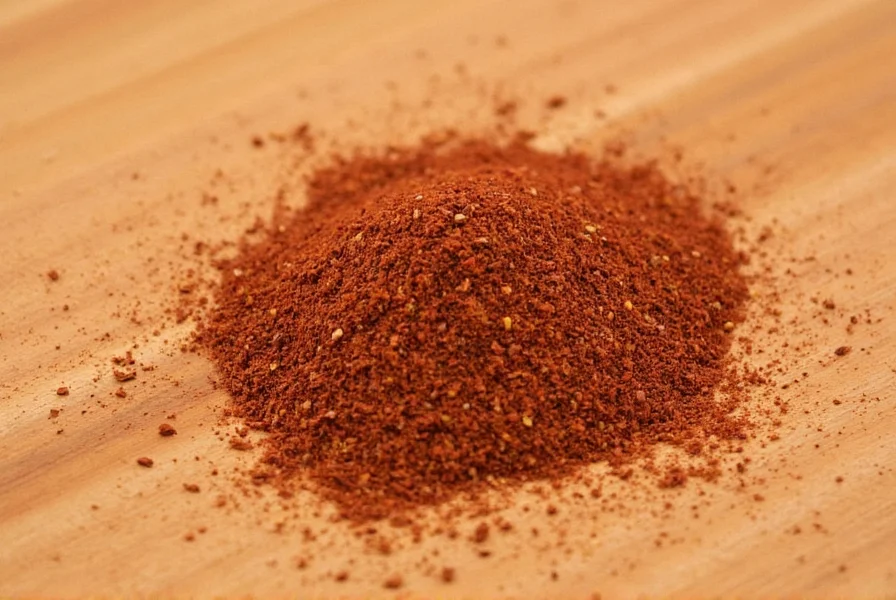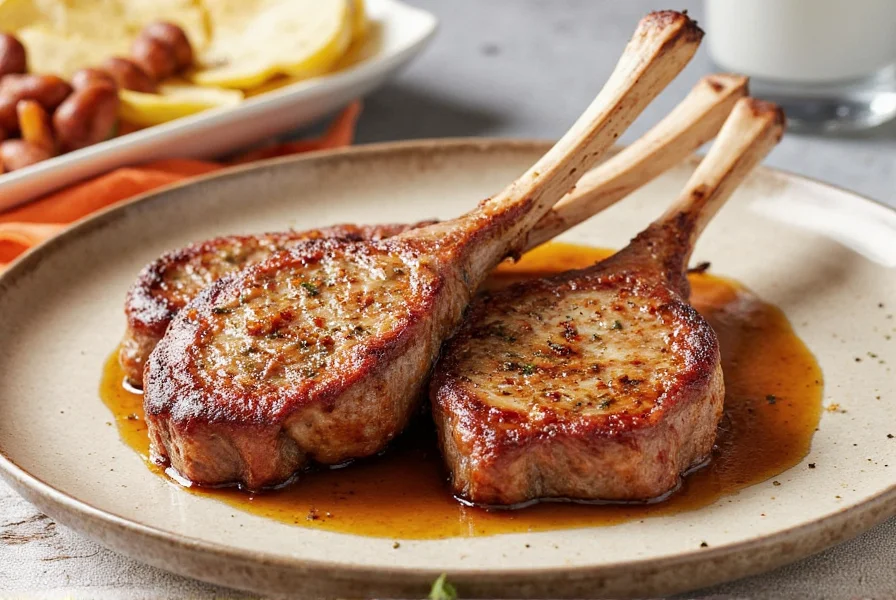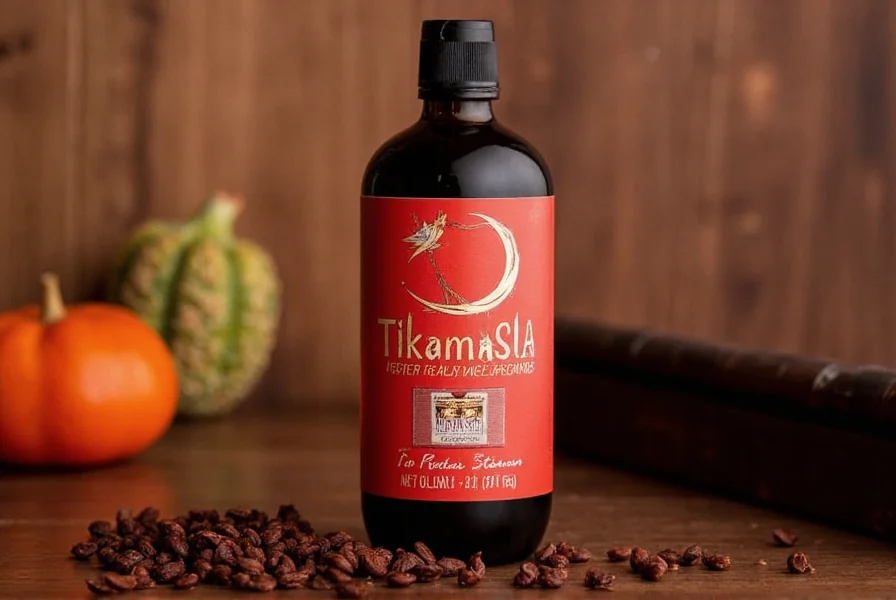Table of Contents
Introduction to Garam Masala
If you're searching for information about garam masala, you've come to the right place. Garam masala is a fundamental spice blend in Indian cuisine, known for its warm, aromatic flavor. Unlike many spice blends that focus solely on heat, garam masala offers a balanced profile of spices that enhance dishes without overwhelming them. In this guide, we'll cover everything you need to know about garam masala, from its ingredients and traditional uses to buying tips and homemade recipes.
What Is Garam Masala?
Garam masala is a traditional Indian spice blend that has been used for centuries in South Asian cooking. The name "garam masala" translates to "warm spice mixture" in Hindi, reflecting its role in adding warmth and depth to dishes. Unlike curry powder, which often contains turmeric and is more associated with British interpretations of Indian cuisine, garam masala is a core component of authentic Indian cooking.
At its core, garam masala typically includes a combination of ground spices such as cumin, coriander, black pepper, cinnamon, cardamom, cloves, and nutmeg. The exact composition varies by region and family recipe, but it always features a harmonious blend of warming spices without the dominant yellow color of turmeric.

Spice Basics: Understanding the Flavor Profile
To truly appreciate garam masala, it helps to understand the individual components that make up this spice blend. Here's a quick breakdown:
- Cumin: Adds an earthy, nutty flavor that enhances the overall depth of the dish.
- Coriander: Brings a citrusy, slightly sweet note that balances the spiciness.
- Cinnamon: Provides warm sweetness and depth, a signature element of garam masala.
- Cardamom: Offers floral and citrus notes that create complexity.
- Cloves: Contributes intense warmth and slight bitterness for balance.
- Black Pepper: Adds sharp pungency and heat without overwhelming.
- Nutmeg: Provides subtle sweetness and earthiness to round out the blend.
Together, these ingredients create a flavor profile that is warm, aromatic, and perfectly balanced. Unlike curry powder which contains turmeric for color, garam masala focuses on depth of flavor rather than visual impact. This makes it ideal for finishing dishes rather than base cooking.

How to Use Garam Masala in Your Cooking
Now that you know what garam masala is, let's talk about how to use it. Whether you're a seasoned chef or a home cook, there are plenty of ways to incorporate this spice into your meals:
- Add it to curries: Garam masala is perfect for enhancing the flavor of chicken, lamb, or vegetable curries. Sprinkle a teaspoon into the pot during the last few minutes of cooking to preserve its delicate aromas.
- Use it in marinades: Mix it with yogurt, garlic, ginger, and lemon juice to create a flavorful marinade for meats or tofu.
- Season roasted vegetables: Sprinkle a pinch over roasted potatoes, carrots, or cauliflower for an extra layer of flavor.
- Enhance soups and stews: Add a dash of garam masala to your favorite soup or stew to give it a warm, aromatic finish.
- Make your own spice blend: If you prefer a custom version, you can mix whole spices and toast them before grinding for maximum flavor.
One thing to keep in mind is that garam masala is best added toward the end of cooking. Its delicate aromatics can evaporate if cooked too long, so adding it in the final minutes preserves its full flavor potential.
Buying Guide: Finding the Best Garam Masala for You
If you're ready to try garam masala, here are some tips to help you choose the right one:
- Look for quality ingredients: A good garam masala should be made from fresh, high-quality spices. Avoid blends that contain fillers or artificial additives.
- Check the origin: Some brands specialize in traditional Indian spice blends, which may offer a more authentic flavor.
- Consider the freshness: Look for packaging with a roast date or best-by date. Freshly ground spices have the most vibrant flavor.
- Choose organic options: If you prefer natural, chemical-free products, look for organic-certified garam masala.
Here are a few popular brands and their features:
| Brand | Features | Best For |
|---|---|---|
| Golden Spices Co. | Organic, hand-blended, no added preservatives | Health-conscious cooks and those who prefer clean ingredients |
| Indian Kitchen Essentials | Traditional recipe-based blend, great for authentic Indian cooking | Chefs and food enthusiasts who want to replicate classic recipes |
| SpiceHub | Customizable spice blends, available in different heat levels | Home cooks who want flexibility and control over their seasonings |
Garam masala is a versatile spice that can be used in a variety of dishes, from savory to sweet. Whether you're cooking a hearty meal or experimenting with new flavors, this blend has something to offer.
Common Mistakes to Avoid
Even experienced cooks can make mistakes when using garam masala. Here are a few things to watch out for:
- Adding it too early: Garam masala's delicate aromatics evaporate when cooked for too long. Always add it in the final minutes of cooking.
- Using it as a curry powder substitute: Garam masala doesn't contain turmeric and shouldn't be used as a replacement for curry powder in dishes that require yellow color.
- Not storing it properly: To preserve its flavor, store garam masala in an airtight container away from heat and moisture.
- Overusing it: While it's not overly spicy, garam masala is potent. Start with a small amount and adjust to taste.

Frequently Asked Questions About Garam Masala
What exactly is Garam Masala?
Garam masala is a traditional Indian spice blend consisting of warming spices like cinnamon, cardamom, cloves, cumin, coriander, and black pepper. Unlike curry powder, it does not contain turmeric and is designed to add depth and aroma rather than color to dishes.
How is Garam Masala different from curry powder?
Garam masala and curry powder are fundamentally different. Curry powder typically contains turmeric for yellow color and has a more uniform flavor profile. Garam masala contains no turmeric, focuses on warming spices like cinnamon and cardamom, and is usually added at the end of cooking rather than at the beginning.
Can Garam Masala be used in non-Indian cuisine?
Absolutely! While Garam Masala has roots in Indian cuisine, its balanced flavor profile makes it versatile for many culinary traditions. It works well in Mediterranean dishes, can enhance roasted vegetables, add depth to soups and stews of any cuisine, and even complements some baked goods. Many chefs are experimenting with it in fusion cuisine to add an interesting layer of flavor.
How long does Garam Masala stay fresh?
Properly stored in an airtight container away from heat and light, Garam Masala will maintain its optimal flavor for 6-12 months. The oils in the spices will gradually dissipate over time, reducing potency. To check if your Garam Masala is still fresh, smell it - if the aroma is weak or musty, it's time to replace it. For longest shelf life, consider buying smaller quantities and storing in a cool, dark place.
Is Garam Masala gluten-free?
Yes, authentic Garam Masala is naturally gluten-free as it consists only of ground spices with no additional ingredients. However, if you have celiac disease or severe gluten sensitivity, check the packaging for any 'may contain' warnings, as cross-contamination could occur during processing if the facility handles gluten-containing products. Look for certified gluten-free options if this is a concern.
Can I make my own Garam Masala at home?
Yes, making your own Garam Masala is simple and allows you to customize the blend to your taste preferences. A basic recipe includes 2 tablespoons cumin, 2 tablespoons coriander, 1 tablespoon black pepper, 1 teaspoon each of cinnamon, cardamom, and cloves, and 1/2 teaspoon nutmeg. Toast the whole spices first for enhanced flavor, then grind to a fine powder. Store in an airtight container away from light.
Conclusion
Garam masala is more than just another spice—it's a flavor enhancer that brings warmth, depth, and authenticity to any dish. Whether you're a spice lover or a professional chef, this blend offers a unique way to elevate your cooking without going overboard on heat. By understanding its origins, flavor profile, and proper usage, you can unlock the full potential of garam masala in your kitchen.
So next time you reach for a spice blend, consider giving garam masala a try. It might just become your new favorite.











 浙公网安备
33010002000092号
浙公网安备
33010002000092号 浙B2-20120091-4
浙B2-20120091-4